- News
- Reviews
- Bikes
- Accessories
- Accessories - misc
- Computer mounts
- Bags
- Bar ends
- Bike bags & cases
- Bottle cages
- Bottles
- Cameras
- Car racks
- Child seats
- Computers
- Glasses
- GPS units
- Helmets
- Lights - front
- Lights - rear
- Lights - sets
- Locks
- Mirrors
- Mudguards
- Racks
- Pumps & CO2 inflators
- Puncture kits
- Reflectives
- Smart watches
- Stands and racks
- Trailers
- Clothing
- Components
- Bar tape & grips
- Bottom brackets
- Brake & gear cables
- Brake & STI levers
- Brake pads & spares
- Brakes
- Cassettes & freewheels
- Chains
- Chainsets & chainrings
- Derailleurs - front
- Derailleurs - rear
- Forks
- Gear levers & shifters
- Groupsets
- Handlebars & extensions
- Headsets
- Hubs
- Inner tubes
- Pedals
- Quick releases & skewers
- Saddles
- Seatposts
- Stems
- Wheels
- Tyres
- Health, fitness and nutrition
- Tools and workshop
- Miscellaneous
- Cross country mountain bikes
- Tubeless valves
- Buyers Guides
- Features
- Forum
- Recommends
- Podcast
TECH NEWS
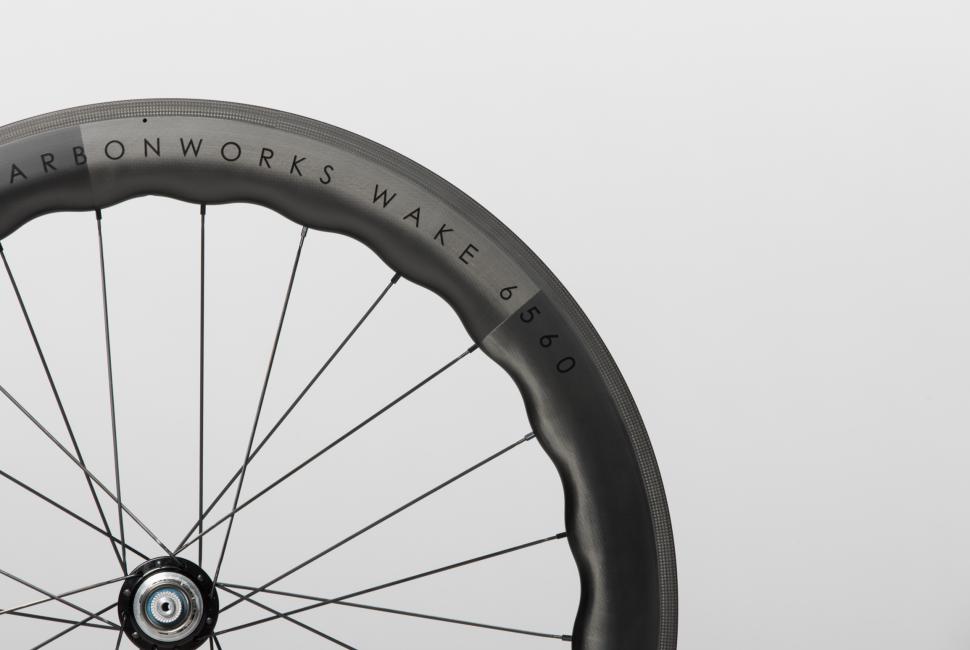 princeton carbon wheels1
princeton carbon wheels1Princeton's funky wheels arrive in the UK
Princeton CarbonWorks is a young US wheel brand that has just arrived in the UK with some very unusual wheels, so here’s a closer look at what makes them special.
You’ll no doubt have spotted the standout feature of these wheels already. The rim design uses an alternating wave rim depth that gives, according to the company, benefits of a deeper section rim but the better stability of a shallower rim.
The company currently offers just two wheelsets: the Wake 6560 for road and Grit 4540 for gravel. Let’s start with the Wake wheels. They use a rim profile that alternates in depth from 60 to 65mm with “24 sinusoidal oscillations”. Need a moment to Google that? To save you the effort, it's an electrical term to describe a waveform profile. In layman’s terms, the rims have 24 humps where they measure 65mm tall.
Princeton claims these 24 sinusoidal oscillations provide structural and aerodynamic benefits. On the aero front, it says that because the trailing edge is continuously changing it reduces buffeting which leads to a more aerodynamic wheel with improved stability.
Here are some results from wind tunnel testing that the company conducted. The A2 Wind Tunnel in North Carolina is a popular one with the bike industry, and Princeton used it to test its new wheels against the Zipp 858, 404 and 454 wheelsets, and the HED Jet 9+ and Jet 6+ wheelsets.
The results show a claimed lowest overall drag figure for the Princeton wheels (PCW), with the Zipp 858 and the HED Jet 9+ the closest rivals. Interestingly, the results show Zipp’s 404 produces less drag than the supposedly superior Zipp 454.
It is, though, a pretty small sample set. How the Princeton wheels compare to the many other aero wheels on the market remains to be seen – and it's worth pointing out that a manufacturer's aero figures invariably show their own products to perform best (or at least best for the price).
Looking closer at the data, the Princeton wheels appear to produce less drag than the rivals at lower yaw angles (the apparent wind direction) – 0-5° – although other wheels produce less drag at greater angles. The HED Jet 9+, for example, performs better at yaw angles of 10° and beyond. You can view more information on the wind tunnel testing here.
Princeton also makes structural benefit claims for this design. It says that the wheel is stronger because each nipple is at the highest point of the oscillation (it's positioned at the top of the hump), so less carbon fibre is needed which helps to reduce the overall weight while maintaining stiffness.
It also uses a holeless rim bed which it says increases the weight and stiffness benefits, with a side benefit of being easier tubeless because no tape is needed.
The internal rim width is 18mm with a maximum external rim width of 26mm. They are tubeless-ready and ship with tubeless valves along with padded wheel bags and skewers if opting for rim brake wheels. Spokes are Sapim CX-Ray with 16/24 on the rim brake wheels and 24/24 on the disc wheels.
You can choose between rim and disc brake versions with a choice of White Industry or Tune hubs, with Shimano, SRAM XDR and Campagnolo freehub compatibility. In their lightest build, Tune hubs in a rim brake configuration, they weigh a claimed 1,365g.
The Grit wheels take the same design but shrink it down, with 40-45mm alternating depth rim. Meanwhile, the rim width is increased with a 21mm internal width looking good for fitting wide tyres.
And to ensure they meet the demands of gravel riding, the spoke holes have been beefed up with increased carbon thickness. They are 29.9mm wide when measured externally.
Like the road wheels, they are available in rim and disc brake variants with a Tune rim brake set coming in at 1,319g and a White Industry Disc setup tickling the scales round to 1,511g.
Princeton isn’t the only company to be going down this development path. Zipp’s NSW 454 wheels launched a few years ago use a similar-looking Sawtooth rim profile that was inspired by humpback whales (no, really!). Again, the idea is to try and combine the stability of a shallow rim with the aero performance of a deep section rim. Or in other words, the best of both worlds.
The wheels have been trialled by professionals already. Elite triathlete Cameron Wurf has been using them and Team Ineos, who proved with their use of Lightweight wheels at the Tour last year they aren’t afraid to try new wheels, used them at the time trial world champs last year.
When asked about Team Ineos using its wheels, Princeton says: "Princeton CarbonWorks endeavours to be the top performance wheel brand and will support teams and athletes with like-minded visions."
They are intriguing wheels and sound good on paper, and we will hopefully be getting some in for review so we can put all those claims above to the ultimate test.
The price? £2,800.
More info at www.princetoncarbon.com and they're available from your local dealer via www.ison-distribution.com
David worked on the road.cc tech team from 2012-2020. Previously he was editor of Bikemagic.com and before that staff writer at RCUK. He's a seasoned cyclist of all disciplines, from road to mountain biking, touring to cyclo-cross, he only wishes he had time to ride them all. He's mildly competitive, though he'll never admit it, and is a frequent road racer but is too lazy to do really well. He currently resides in the Cotswolds, and you can now find him over on his own YouTube channel David Arthur - Just Ride Bikes.
Latest Comments
- brooksby 1 sec ago
I imagine that the prosecution wasn't sure that they'd get dangerous past the jury or the magistrate, so accepted careless as a "slam/dunk". It...
- zweiblumen 25 min 53 sec ago
That's an interesting test, but only mentions the elephant in the room at the very end - you're burning far more matches by going hard up the hills...
- Bungle_52 33 min 43 sec ago
But when all the work is done for them and it's a driver :...
- Simon E 57 min 12 sec ago
A £102 million economic boost to Yorkshire and £30 million for the Cambridge/Essex region. I wonder where the money went......
- BaselGooner 1 hour 4 min ago
Weirdly living out here in Switzerland I can still get Eurosport UK along with Eurosport DE / F / ES. The European versions have language switch so...
- check12 1 hour 26 min ago
Sounds like you should have got a small
- Rome73 1 hour 45 min ago
I did a community 'engagement' with the Met Police last weekend in north London. The police were bike marking (logging bikes on Bike Register) and...
- GravelIsNothingNew 8 hours 28 min ago
Ooh pretty colours put the price up. A radical new retail tactic. ...I'm shocked. LOL.
- David9694 11 hours 29 min ago
A363 Bradford on Avon: 'Five cars' crash near golf club...

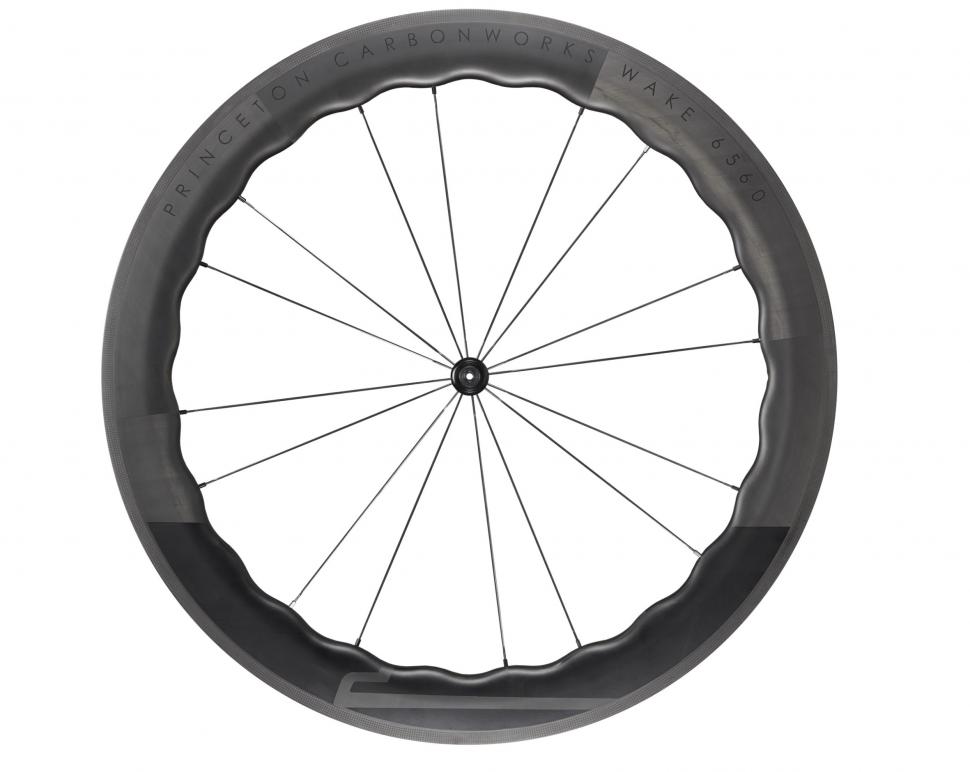

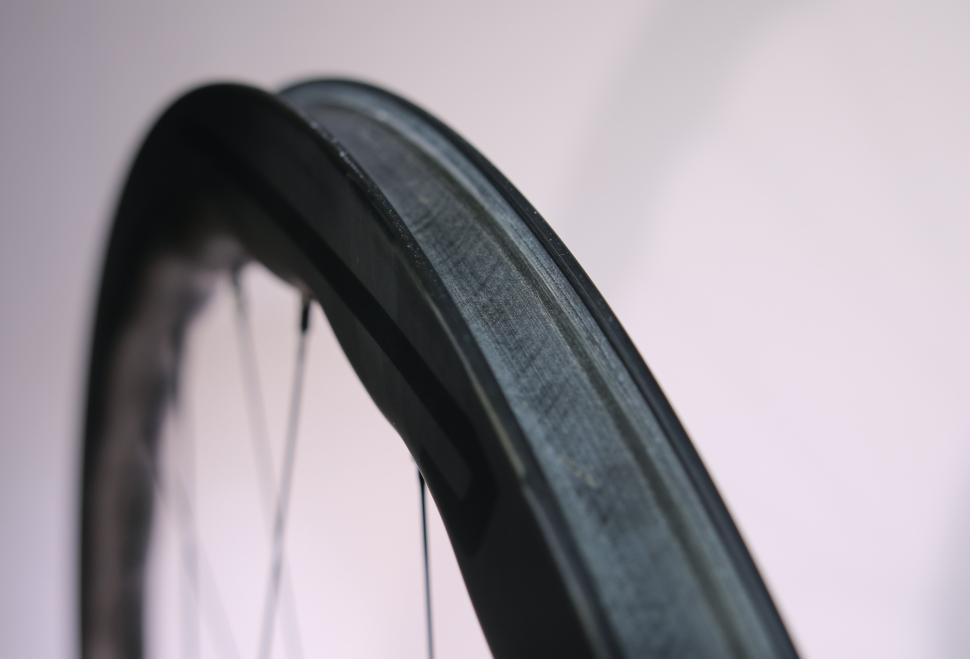
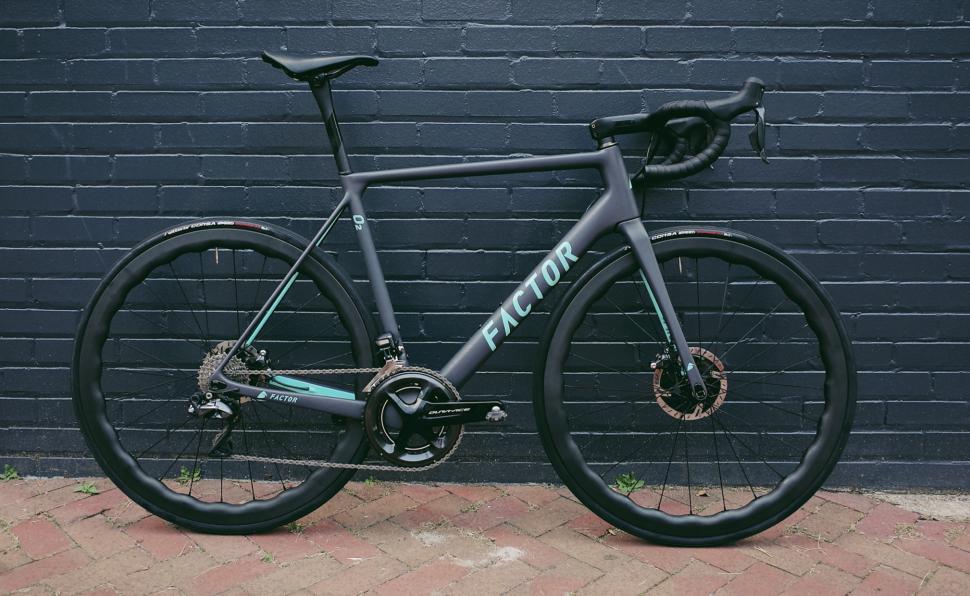

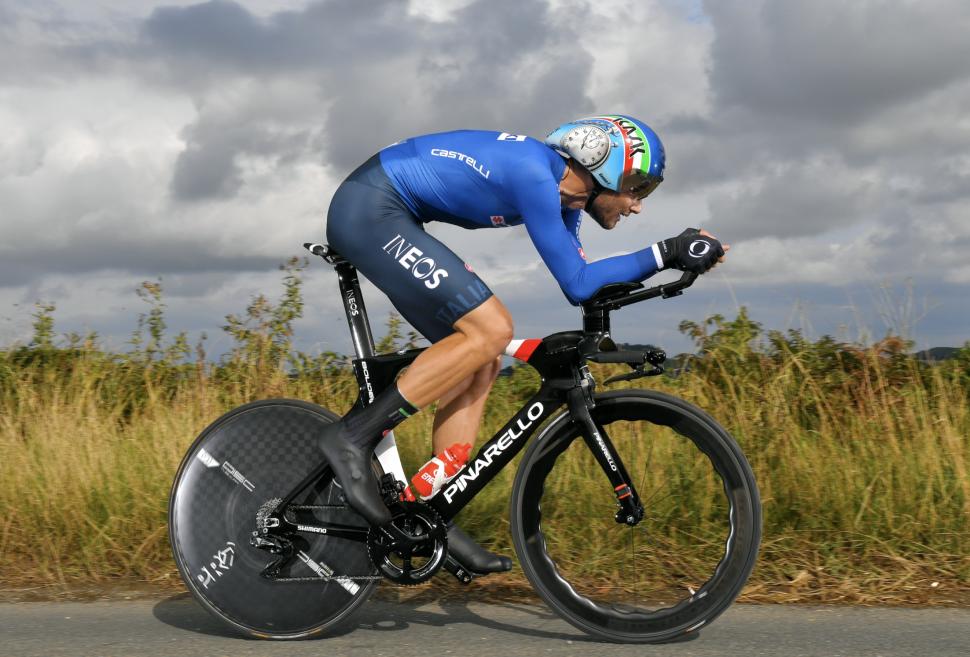
Add new comment
2 comments
If Zipp 404 are faster than 454 (also confirmed by Hambini's and German Tour Mag.'s tests), Zipp 808 should be fastest, no wonder they weren't compared here.
This means f-all.